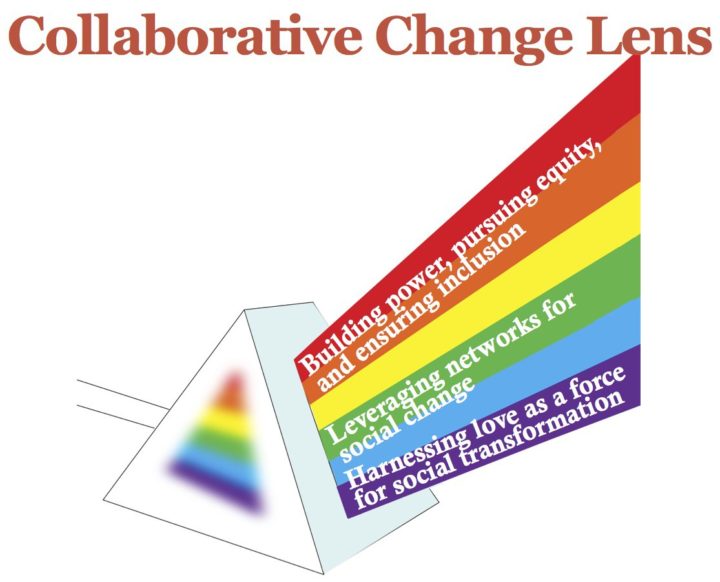Revisiting “What Is Power Anyway?”
July 12, 2018 Leave a commentBuilding on the theme of our recent blog post, Power Dynamics: The Hidden Element to Effective Meetings, we are reposting a series of posts written by our former IISC colleague Linda Guinee. Linda wrote a masters’ thesis on addressing power dynamics in collaborative process design and facilitation. She did this study based on questions raised over the years by another former IISC colleague, Cyndi Suarez (current Senior Editor at NonProfit Quarterly and author of The Power Manual: How to Master Complex Power Dynamics) – and as she put it, “with the belief that if power dynamics are not well understood and addressed, group process facilitators are likely to unknowingly reinforce the status quo – a scary thought for those of us working on social justice and social change!”
As Linda wrote in her opening post in 2010:
“One thing that woke me up at two in the morning – one of those notorious ‘aha’ moments – was that when doing an extensive literature review of group facilitation literature and conflict resolution literature at that time (2005), I found that conflict resolution/engagement literature is packed full of discussions about addressing power dynamics – while group facilitation literature rarely (if ever) talks about power I only found a very small handful of references to power (as in two or three) anywhere in the very extensive group facilitation literature – and only in reference to people with positional power. There is, in fact, an assumption built into group facilitation methodology that collaboration on its own somehow balances power dynamics.”
Here is her second post in the series …
One of the first questions you might ask when thinking about looking at power dynamics in group facilitation is what IS power anyway? This seemingly simple question, of course, is not really all so simple after all. What do you think? How would you describe power?
When I first started trying to answer this question for myself, I found that I was overwhelmed with material – literally hundreds and hundreds of books about what power is, where it comes from, how it operates, etc. For many, a definition of power has to do with the ability to force something to do something they wouldn’t have done otherwise – a coercive definition of power. Feminist psychologist Jean Baker Miller described power as “the capacity to produce a change.” Others (and in fact, our common terminology) talks about power as a “thing” that can be divided, shared, owned, and transferred.
Digging through this literal mountain of information, and being greatly influenced by people like Mary Parker Follett (who wrote in the 1920s), the understanding I came to is that power is a self-developing capacity that is relational in nature – meaning that it’s not something fixed or owned – or as Follett says,
“[Power is] not a pre-existing thing which can be handed out to someone, or wrenched from someone.”
More and more, this relational definition has taken hold, as has the notion of it being a capacity rather than a fixed asset (though you still commonly hear talk about “sharing” power rather than building power).
And embedded in a relational view of power is the need for those with less power to endorse the power of those who have it. According to Elizabeth Janeway, talking about power as the possession of certain people may actually help maintain the status quo by making it seem impossible to challenge those who are described as powerful, rather than demonstrating that power operates through the consent of the governed.
So what does this mean?
What changes in how we think about group process if we start to think of power not as a fixed thing that can be “shared” – but as something that can be built within a group?
How can you start to think about figuring out what kinds of power exist in a group and what may be blocked? How would you design and facilitate in a way that builds the power of everyone in the room? Or that builds power to take out into the world?
